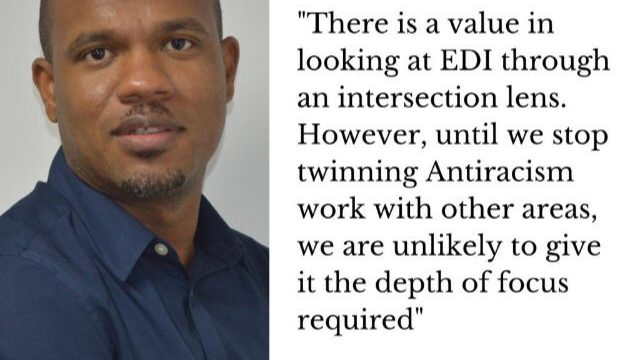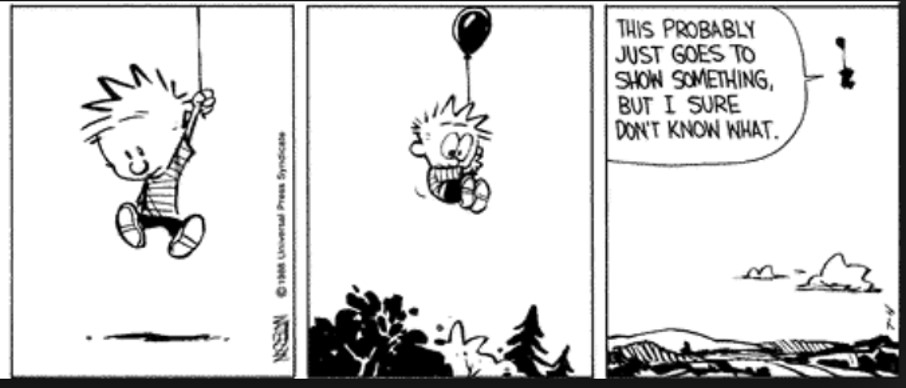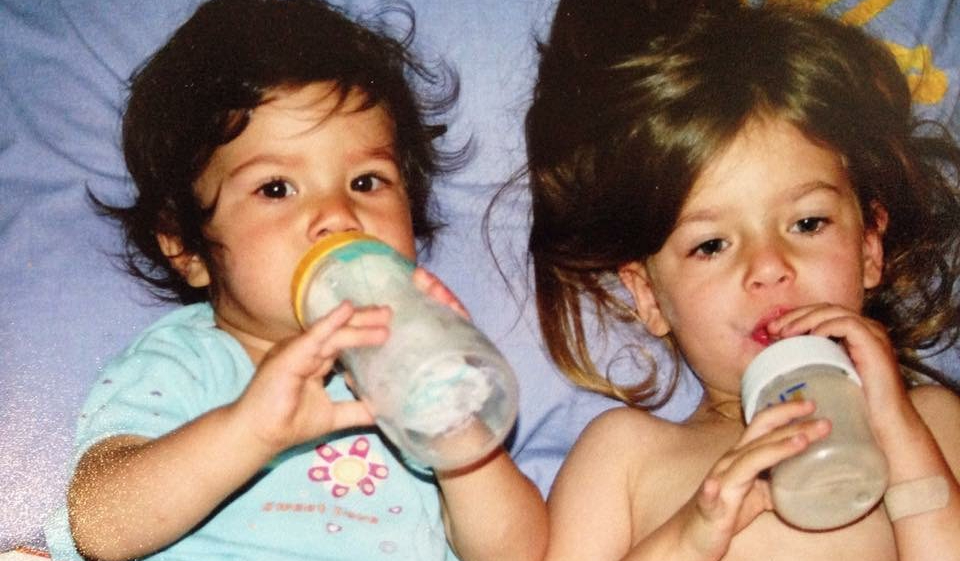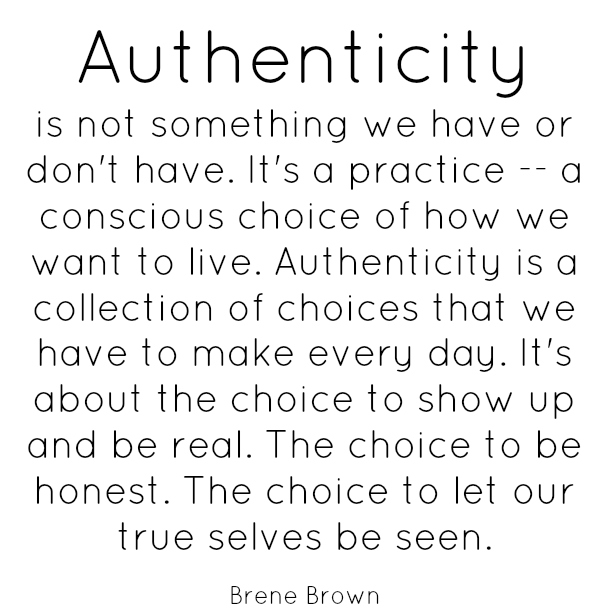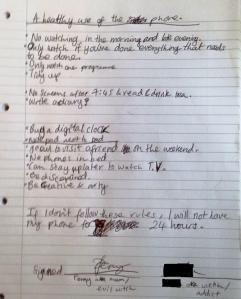
G is for George
In the wake of the brutal public murder of American citizen, George Floyd, at the hands of police in May 2020, it seemed like just about every organisation worldwide whether commercial, third sector or public sector put out a statement about their commitment to being actively anti-racist. It was as if the (white) world woke up to racism and there was a sense of cautious hope that things would get better. They had to, surely?
For many previously oblivious to race and racism, a range of new terminology and concepts came into view, such as lived experience, bias, racial equity, representation, structural racism, white supremacy, microaggressions, liberation, emancipation, freedom, justice – some even dabbled with learning about the tenets of critical race theory and considered what the impact of perceived historical colonial oppression might mean today. In schools and universities, efforts sprang up to implement anti-racist strategies, to consider the lack of representation in staffing, even in some places pledges to ‘decolonise’ the curriculum.
Since the ‘George Floyd moment’ and subsequent antiracism (re)awakening only three years ago, there has been a simultaneous reactionary shift further towards right-wing, nationalist policy across many countries, including the UK. Educators in particular have felt government doubling-down on demands to de-politicise and neutralise their work through techniques such as bolstering impartiality rules, and a gradual broadening of what constitutes the politicised. Race, gender, and class are seen as ‘best left outside the school gates’, dismissed as ‘woke nonsense’ or punishable as ‘dangerous extremism’. This, coupled with what can only be described as wilful ignorance and indifference, means that teachers and schools faced with the current situation in the middle east, are floundering. Also seemingly missing is an understanding of the state of Israel as a settler-colonial project specifically conceived of as an extension of the European colonial formation and ‘a portion of a rampart of Europe against Asia, an outpost of civilisation as opposed to barbarism’ (Herzl, 1895).
G is for Gaza and Genocide
On October 7th 2023 a group of Hamas fighters, the organisation designated as a terrorist group by many countries around the world including Britain, caught Israel off guard and entered from Gaza in large numbers, slaughtering citizens and military personnel. Other people such as foreign workers were also caught up in the violence. Hamas, seeing itself as fighting against the Israeli state’s ongoing violent settler-colonial oppression on behalf of the Palestinian population, killed 1,400 and kidnapped over 200 people. Israel’s military, backed by many foreign powers claiming its right to defend itself, has launched a brutal bombardment on Gaza in retaliation, and in just nine weeks, around 16,000 Palestinians have been killed as a result. The vast majority of those killed are civilians, including women and children. Gaza is essentially a densely populated open prison, held under tight control by Israel, where 50% of the population are children. Bombardment of Gaza for the purpose of eviscerating Hamas, as is Israel’s stated aim, is not possible without vast civilian deaths and casualties, including the Israeli hostages held there. What is unfolding is a genocide, while the world seemingly condones it, ignoring demands for a ceasefire .
In amongst all of this, some teachers and educators are trying to find a way to position themselves and do right by their students. Despite perhaps feeling that the three years since ‘the George Floyd moment’ might have supported the sector in prioritising and addressing huge deficits in racial literacy, the Israel-Palestine situation in general has been written off as too charged, too complicated and even somehow divorced from previous commitments to antiracist and decolonial practice. Some even justify refusal to engage with students demanding time to learn, process, protest and grieve with a declaration that ‘if I had a solution to the situation in Israel and Palestine, it would have been suggested by now’, as if one can only speak about it if one has a way to fix it. I have heard others say that there is no point taking up teaching time because it won’t be included on the GCSE or A Level papers for a number of years now, if at all, so students don’t need to know about it. Still others seem to be blighted by what filmmaker and critical thinker, Adam Curtis, terms ‘oh dearism’ – we find the world’s news too depressing and scary to bear, dismissing it with a plaintive sigh and moving on. This defeatist response to the news has become part of a new system of political control, Curtis asserts. With more reporting than ever and 24-hour rolling news, coupled with social media feeds featuring opinion, sound bytes, live citizen-coverage, we become less able to extrapolate coherence from the abundance of images coming at us. As a result, discourse is destroyed, massified messages are muddling, and faced with overload, we disengage. Stepping into the breach, guiding the public to understand where they may or may not stray, the government has deployed divide-and-conquer colonialist strategies to suggest or reinforce select messages at this time. Building on previous changing legislation attempting to curb recent mass demonstrations waving the Palestinian flag may now be a criminal offence; the Online Safety Bill could also be used to censor Palestine flags; visitors to the UK who incite antisemitism will be forcibly removed and the definition of extremism is to be broadened to include anyone who ‘undermines’ British institutions and values. Teachers are already spooked by the Department for Education’s impartiality guidance that was updated in 2022 in response to rising antiracism and social justice activism, and which no doubt will be updated and reissued in light of the current climate.
Silence is not an option
It is on this backdrop as educators and scholars – and those that claim to position ourselves on the side of the oppressed and not the oppressor – that we must not shrug, mutter ‘oh dear’ and turn away but to struggle, honouring our role to facilitate learning, critical thinking and dialogue, even if we don’t have all, or any answers. We must and should learn about the complex geopolitical background to the situation in Israel and Palestine and now is also as good a time as any to ‘put the theory to work’, as my Phd supervisor and colleague Professor Vini Lander often reminds us – for there is great comfort in the understanding that can be gained from theory, not least in times of extreme pain and anguish such as these. The settler-colonial formation which is the state of Israel, which Hamas sees itself using violence against violence to resist, has a dynamic and specificity which we can and must absolutely deploy our racial literacy to understand. And this struggle is raced and gendered in ways that we can absolutely see clearly in operation, especially if we compare schools’ responses during the first months of Russia’s invasion of Ukraine.
Racism is an invention of colonialism (Silva, 2007) and the imposition of race on people serves to ‘exaggerate regional, subcultural, and dialectical differences into “racial ones” to stake a claim on nationhood’ (Robinson, 2000: 26). Racism has an impact on all our psyches, as we reproduce racial logics in myriad ways, wherever in the world we are situated, and however we are racialised. Both racism and colonialism work hand in hand, staking a claim on definitions of humanness – the dehumanising of ‘others’ ensures that they are re-situated outside of the dominant group’s perceived nation-building colonialist endeavour and will be treated accordingly. In the words of Tuck and Yang therefore, ‘decolonisation is not a metaphor’ (2012: 1) and ‘decolonisation never takes place unnoticed’ (Fanon, 1963:36) – neither is it a pen and paper exercise concerning just the curriculum we teach in response to events of spring 2020. Colonialism is not something that only happened in the past, or a past event which has long tendrils into the present. It is here, now, with the same genocidal intent and disastrous human consequences. If we cannot point to the solution, we can certainly identify some of the technologies of racism and colonialism that have constructed, fuelled and which lock into place the 75 years of violence in Israel and Palestine. If we are to overcome fear of ignorance and the dread of accusation, we may also have to abandon our own need to see ourselves as innocent. Deploying critical pedagogy will support students to question and challenge all forms of domination, including understanding the beliefs and practices which dominate (Freire, 1970). Supporting each other and our students to recognise oppressive forces shaping society and take action against them starts with identifying what we don’t know, challenging what we think we know and working together to move towards clarity and action.
Some resources and links you might find helpful:
Podcasts to help discussions about Israel-Palestine in the classroom
Google Drive full of resources on Palestine – Israel
Free eBook of Ten Myths About Israel by Ilan Pappe
